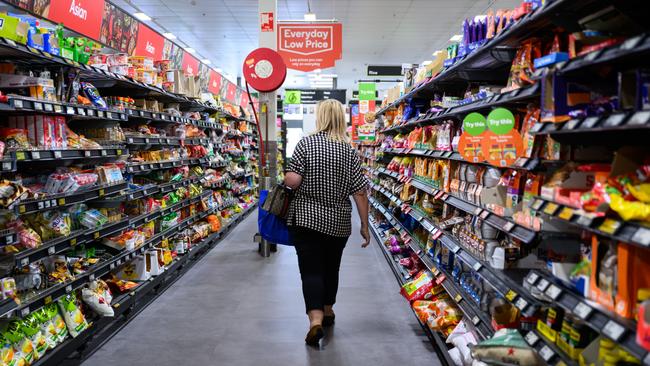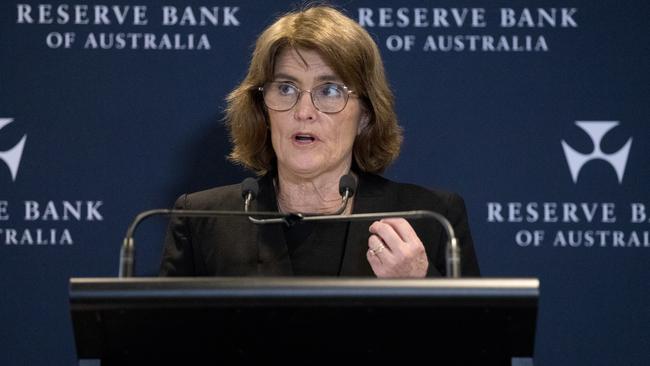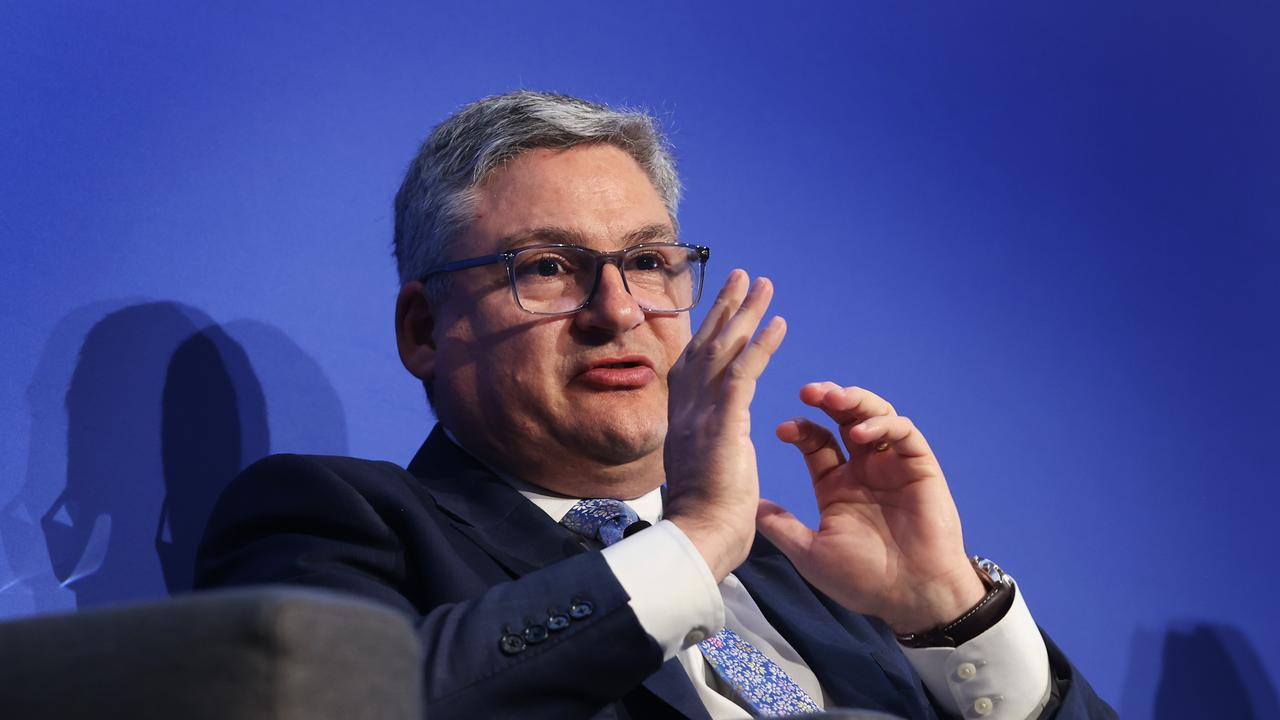Inflation is being driven by government policies
The return of inflation into target range, allowing for a possible interest rate cut, will play a crucial role in the re-election chances of the Albanese government.

The Bureau of Statistics will on Wednesday release CPI data for the December 2024 quarter, revealing whether inflation has fallen into the RBA’s target range of 2-3 per cent.
The return of inflation into target range, allowing for a possible interest rate cut, will play a crucial role in the re-election chances of the Albanese government.
Trimmed mean CPI is the RBA’s preferred measure of underlying inflation as it offers a more accurate and stable reflection of inflationary trends in the economy by excluding the impact of volatile or temporary price changes, as well as any short-term governmental fiscal gimmicks that seek to artificially lower the headline inflation rate.
Trimmed mean inflation for the (single) months of October and November 2024 was 3.5 and 3.2 per cent, respectively.
The December inflation number would need to be ‘‘spectacular’’ to bring the 3-month figure into the 2-3 per cent band.
The general decline in the Australian dollar exchange rate also does not bode well for such an outcome.
Australia is a broadly open economy with a floating exchange rate. Australia happens to import most of its consumer goods. When Australia’s exchange rate declines, the price of imports increase. Such items include electronics, cars, fuel, fertiliser, clothing, footwear, medicines, machinery, solar panels, furniture and food.
Over the past three months, the Australian dollar-US dollar exchange rate has declined by 5.3 per cent, contributing to price increases, including numerous items in the CPI basket.
Many are the reasons for the Australian dollar’s decline, but included is that the RBA has not raised interest rates commensurate with Australia’s elevated rate of inflation. The risk is that if the RBA were to cut official interest rates, this would put further downward pressure on the exchange rate and consequently further upward pressure on prices.
Despite this reality, many are predicting a decline in inflation due to a slight weakening in employment. This expectation is grounded in the discredited Phillips Curve.
Developed by New Zealand economist Bill Phillips analysing British data from 1861 to 1957, the Phillips Curve posits an inflation-unemployment trade-off. Extensive research and modern economic history, however, has debunked the theory.
It failed to explain the stagflation of the 1970s and, after the Global Financial Crisis, could not reconcile the coexistence of low inflation and low unemployment. Using the Phillips Curve as a monetary policy heuristic is problematic because while it may offer appeal to some macro-economists, real-world outcomes frequently diverge from its predictions.
Those who are arguing for an interest-rate cut are following the Philips Curve breadcrumbs suggesting that, because employment is moderating, everything is copacetic. This unfortunately ignores other inflation force multipliers in Australia: energy prices and uncontrolled government spending.

The data from which the Phillips Curve emerged evolved during a different period of economic development – a period where energy was a much smaller input into production. Today, however, energy is a major input into production, and in some cases a greater input than labour.
The foundations of modern developed economies lie in allowing competition and innovation to lower production costs, thus freeing up resources for other activities. Paradoxically, government policies often work to increase production costs, with one notable example being the deliberate policy to raise the real cost of energy. Destroying manufacturing jobs to create ride-share driver jobs may have a ‘‘net-zero’’ employment effect, but it adversely impacts production and productivity.
In Australia, increasing energy costs are compounded by government measures to obscure the extent of the cost surge. Billions of dollars are borrowed to provide subsidies that partly offset policy-driven price increases. While this may temporarily alleviate the burden on consumers, it significantly adds to commonwealth debt and the growing cost of servicing this debt. Once subsidies are removed, energy prices will rise again, but the public will be left with both higher energy costs and the enduring interest payment burdens.
Such energy policies may have a reason, possibly including carbon emission mitigation, but they are not costless. The price of such policies is paid not just through higher end-user energy bills and government interest payments, but also through increasing the cost of production throughout the entire economy. Such policies are thus perfectly designed to boost inflation.
Inflation is also stimulated through the uncontrolled growth of government spending. The forcible transfer of an ever-increasing proportion of national resources from higher productivity (private sector) activities to lower productivity (public sector) activities suppresses aggregate supply and productivity. This is evident in recent data showing job creation in the non-market sector well outpacing job overall job creation. Compressing aggregate supply and productivity while stimulating aggregate demand is inflationary.
As well observed by William F. Buckley, “only government can cause inflation, preserve monopoly, and punish enterprise”. Axiomatically, only government can ameliorate inflation.
Australia’s inflation and interest rate woes are a matter of choice and not of chance. For as long as Australian governments chose to impose inflation for the purpose of their collective electoral longevity, inflation and interest rate pain will remain. The likelihood of inflation falling within the RBA’s target band in the near term unfortunately remains low.
Dimitri Burshtein is a principal at Eminence Advisory and Peter Swan AO is professor of finance at the UNSW Sydney Business School.




